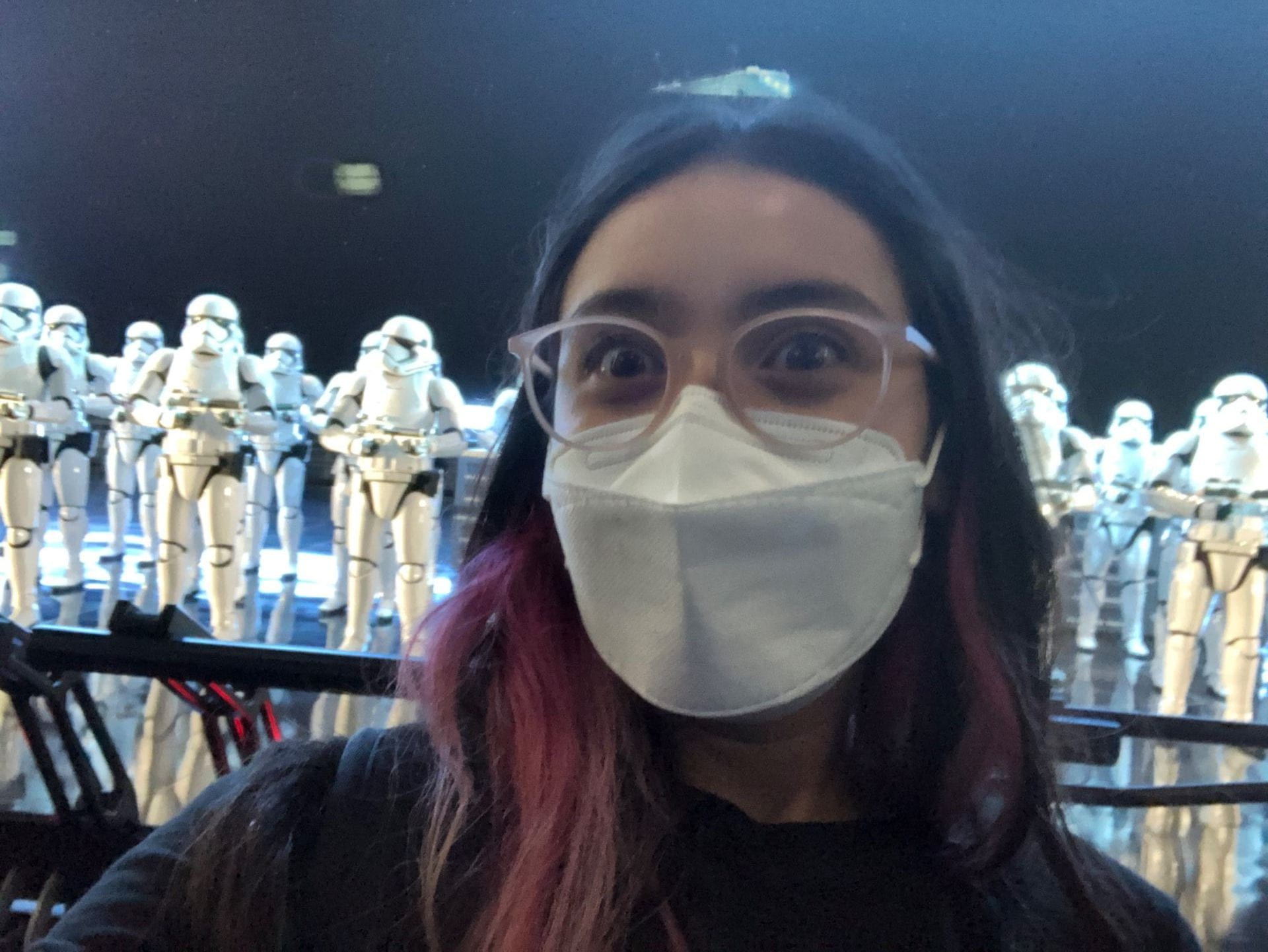Essential Question
“How does balance within my life create opportunities?”
If you’ve been following my journey through high school, you would have heard about my… distaste… for self help books. Alas, you can imagine my PURE TERROR when I heard I’d be forced into reading another one. In grade 9, we read Stephen Covey’s “The 7 Habits of Highly Effective People” and I barely came out alive. I didn’t think I’d survive a second one.
Yet, here I am. Alive and well, after reading “Atomic Habits” by James Clear. Who would’ve guessed?
…Well, I definitely wouldn’t write a blog post in the afterlife…
Anyways, today, I’m going to talk to you about a little thing called “BALANCE”, and how James Clear helped me understand it.

(Welcome back to another episode of “Am I bad at math, or is this graph just lying to me?”)
Let’s start with a quick recap.
As mentioned earlier, last year we read through “The 7 Habits of Highly Effective People.” This book introduced us with ways we could improve our work and ourselves through simple habits.
According to Covey, there are 7 of such habits…

A year has passed since I last touched the book, and it’s come across my mind on certain occasions. Since then, I believe I’ve definitely improved my own management.
I still struggle with being proactive at times, but I believe I’ve definitely improved. For example, I’ve managed to keep my sleep schedule as a priority, and in order to maintain it, I’ve had to pay more attention to where I spend my time. Balancing both my personal needs and work as priorities has really affected my lifestyle this past school year. Though I still have a long way to go, I’ve felt more balanced this year.
To refresh our minds with the habits, we had to analyze a couple of children’s books that were inspired by Covey’s work.

It was an… interesting experience. From an artist’s standpoint, the illustrations terrified me in a number of ways, and still haunt my dreams. Perhaps, I shouldn’t over analyze a children’s book, BUT MY GOODNESS THOSE MICE ARE TERRIFYING!
Besides the creepy illustrations, these books were a good refresh into 7 habits. As I started to read “Atomic Habits”, I found that it would pair perfectly with “the 7 Habits.” I mean, we learned the habits, now we’re going to find out ways we can implement them!
…maybe that’s why we’re reading both of them…

(Look me straight in the eye and tell me this illustration isn’t terrifying… No, you can’t do it. This is the stuff nightmares are made of, jeepers.)
This page of the book is creepy, but from personal experience, this is a perfect example of why make-up and children don’t go together. This image reminds me of when I had to wear make-up for ballet recitals as a child. I was terrifying too. Guess this book had accurate illustrations after all.

(…Oh no, the resemblance is astonishing.)
Now, enough with the old, I’m going to share with you something new… PERSONAL BRAIN TRAINING!
What is personal brain training, you might ask? Well, according to Shawn Achor from his speech on the “Happiness Advantage”, training your mindset towards happiness can allow for immediate success and personal growth. Apparently, choosing to view your world in a positive light will not only improve your productivity, but allow you to have more satisfaction for your success.
Now, I wasn’t going to sit there and just listen to the guy. It was time to “TEST THAT THEORY.”
Achor states that there’s 5 ways of creating positive change:

Each day of the week, we dedicated some time to practice one of these strategies. We recorded the results in Craft, a fancy new app we’ve been using a lot lately.
Here’s some examples:



I liked these activities. I enjoyed taking a few moments to step back from a crazy day and resetting. Though my writing wasn’t the best in these reflections, I liked doing it without the pressure of it having to be read. Of course now, I’ve shown these examples, but I purposefully picked ones that weren’t coded in a language only I understand.
It was also interesting that, since I do some of these on my own, how much an environment affects an activity. At home, meditation usually comes easy to me. However, at school, it was a whole different story. Though the distracting audio may have affected it, meditating with classmates was weird. I thought it wouldn’t change anything, but it did somehow.
Do I feel the advantages Achor describes? Yes, and no.

Personally, I feel like the activities would be more effective if I were alone. However, I am a true introvert, so I bet that has something to do with it. Perhaps one day, I’ll pick them all up again.

Before we read the book, we created a schedule for our reading. After creating our “Personal Productivity Schedule” in Maker, my “to dos” in Things were much more organized, and I was able to keep track with this schedule for a bit. I made it my personal mission to complete it before the Florida trip. However, I got sidetracked by the impending trip, so I had to readjust.
In the end, I definitely managed to finish it, but my thoughts felt interrupted. I was learning from this book before, but it was a lot harder to pick it up again after the trip.

After the first read, I related stronger to the beginning of the book, because I liked reading his story and how his phycology helped him through life. However, as the book went on, I found that I connected to his personal experiences more than when he described other people’s experiences. I was also interested in the science behind his work. I liked when he mentioned experiments and phycology, but I felt like they didn’t connect to his work as well as the examples.
Overall, it wasn’t really my cup of tea, but it was interesting reading about different ways to tackle habits. Typically, I like to stick to fictional works when reading, so learning about this philosophy in a different medium was intriguing.
Taking notes and summarizing Atomic Habits helped me understand it better. Next time I have to read an informative book, I’ll definitely use this strategy again.
Here’s my PKM for the book:
Actually, before I wrote this blog post, I did a second skim through. I tried to stick to the important parts, and I think I understood the later chapters better with a fresher mind.

(I just like gifs of cats playing pianos, don’t question it.)
In particular, I liked the idea of having someone else to help reinforce a habit with a contract. Personally, I find that I get in my own way sometimes, so I would benefit with having some sort of obligation to remind me to stay on task. I also liked the connection between habits and identity, and I think it could help with building confidence as well.
However, I didn’t really agree with the need to make habits more attractive. I find that the end goal itself motivates me enough to get it done, but I do need to improve my distractions. Sometimes I interrupt a current habit/goal to go chase another one, which has really hindered my productivity.
For example, I’ll be working on a comic, but then I get a thought: what if I make an animation instead? It’s a rabbit hole from there.
After reading the book, I did actually get inspired to do something productive. I ended up doing some life studies, and I think they’re pretty neat.

 The Florida Trip was a test for my new balancing skills, and I believe they worked. I felt less stressed out during the whole thing, because I finished the preparation work for my other projects before it. As I briefly mentioned in my Trend Videos post, I tried really hard to feel less anxious during this trip. I used techniques from the positive brain training (like walking a lot, because we were in Disney World after all), and I think they actually helped me a lot.
The Florida Trip was a test for my new balancing skills, and I believe they worked. I felt less stressed out during the whole thing, because I finished the preparation work for my other projects before it. As I briefly mentioned in my Trend Videos post, I tried really hard to feel less anxious during this trip. I used techniques from the positive brain training (like walking a lot, because we were in Disney World after all), and I think they actually helped me a lot.

(Me Living my Best Life on Rise of the Resistance… my life is complete now.)
Anyways, so, Ava. What is balance? How does it affect opportunities?
Well, I think I have an answer.
I think balance is the most important thing in life… and not just, because I’m a Star Wars fan. The world revolves around the idea of it. Think about it, if we didn’t have moments of sadness and failure, then we’d not know of happiness or success. Without balance, life would have no meaning. Though, I doubt this is what the project means when it refers to balance, I think it’s important to point out.
When we’re young, we only understand extremities; hot and cold, bad and good, etc. As we grow old, we start to learn that it’s more than just that. We have to learn how to balance things like school, ourselves, and family. If we don’t understand balance, then we’d fall apart from the stress of the modern world.
How does it affect opportunities? Well, if I tried to put in 100% in everything, even the smallest things (like I attempted in Grades 8 & 9), I wouldn’t be able to accomplish everything. I would be stressed and not know where to start. However, if I decided my priorities and chose where I put my effort, I would have the chance to take more opportunities. I can take more risks, because I know I can handle them.

Now, was the force ever brought to balance in Star Wars? That’s a question I don’t really have an answer to. That’s too complicated for tired me.
Anyways, thanks for reading yet another blog post! My next one is coming really soon, so stay tuned!




Leave a Reply